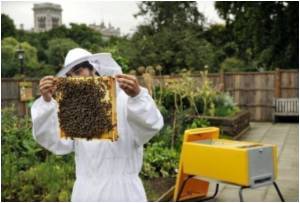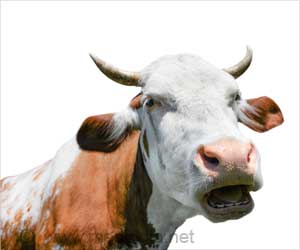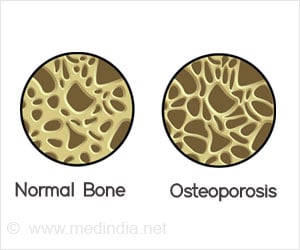The first evidence that complex, reversible behavioral patterns in bees – and presumably other animals – are linked to reversible chemical tags on genes was reported by Johns Hopkins scientists.

According to Andy Feinberg, M.D., M.P.H., Gilman scholar, professor of molecular medicine and director of the Center for Epigenetics at Hopkins' Institute for Basic Biomedical Sciences, the addition of DNA methylation to genes has long been shown to play an important role in regulating gene activity in changing biological systems, like fate determination in stem cells or the creation of cancer cells. Curious about how epigenetics might contribute to behavior, he and his team studied a tried-and-true model of animal behavior: bees.
Working with bee expert Gro Amdam, Ph.D., associate professor of life sciences at Arizona State University and the Norwegian University of Life Sciences, Feinberg's epigenetics team found significant differences in DNA methylation patterns in bees that have identical genetic sequences but vastly different behavioral patterns.
Source-Eurekalert









